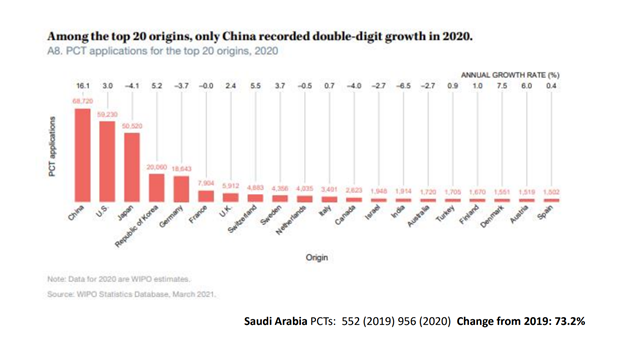Whether you are a start-up, scale-up or seasoned industry leader, a comprehensive intellectual property (IP) management strategy is an integral part of how your company can maximize commercial revenues and secure a competitive advantage in the market. A solid IP strategy will also help boost your perceived value to investors, partners and acquirers.
In the digital space, IP assets worth protecting include business methods (patents), software source code (copyrights), brand logos and product names (trademarks), graphical user interfaces (designs) and data (trade secrets). On January 27th, the Digital Supercluster joined forces with Brion Raffoul IP Law’s Natalie Raffoul and CIGI senior fellow Karima Bawa for a webinar that highlighted common pitfalls to avoid when it comes to IP strategy.
Key points discussed in this webinar include:
Public disclosure and oversharing of information – Are you having discussions with investors, consultants and friends before you protect your intellectual property? Are your marketing materials and presentations revealing too much?
Non-disclosure agreements – Do your NDAs take into consideration parties, coverage, confidential marketing requirements, termination and return of confidential information? When it comes time to no longer have an NDA, how does that relationship end?
Employee/Contractor agreements – If you are hiring contractors both nationally and internationally, what is the governing law and what legal restraints apply? How does mobility of the workforce affect these agreements?
Joint venture or collaboration – How will relationships that involve integrated solutions or plug-ins work? Who owns new IP such as inventions, copyright, data or trained models? What happens when you part ways? Are there residual obligations?
Trade secrets – How are they protected? How are they catalogued? What happens when key employees leave for your competitor and have knowledge of trade secrets?
Freedom to Operation (FTO) – How do you know you are not infringing on third party patents? What is the geographic and product scope of an FTO? Are there patents or trademarks blocking you in specific markets?
Besides explaining how contracting practices, patenting considerations and trade secret protection can help companies scale on their own terms, Natalie also shared some interesting statistics that illustrated the growing value of IP rights for Canadian companies:
- In 2019 there were over 6 million patents filed globally – 70% of patent filings are now for software
- In the last decade, trademark applications have risen from 5 million to 15 million
- From 2002 to 2018 annual AI patent applications increased by more than 100%, rising from 30,000 to more than 60,000 annually and the share of all patent applications that contain AI grew from 9% to nearly 16%
- SMEs that have at least 1 registered IP right earn 55% more revenue per employee than SMEs with no registered IP
- SMEs that own both patents and registered trademarks generate 75% more revenue and grow faster than SMEs with no registered IP rights
- Globally, Canada sits in 12th place for PCT applications, behind Italy, Netherlands, Sweden and Switzerland

In summary, IP can be thought of as a strategic asset, especially if you are looking to enter new markets or protect against competition. As your company scales through product development, commercialization or market share expansion, it will become more critical for you to take your intellectual property strategy seriously. If you are interested in avoiding IP pitfalls, and learning more on how you can improve the ease and affordability of managing your IP, contracts and data, be sure to take time to watch this webinar, or reach out to info@digitalsupercluster.ca.
You can also register for our next webinar that will focus on lifting the veil to trade secrets, to be held Thursday, Feb 24th at 10am PST.

